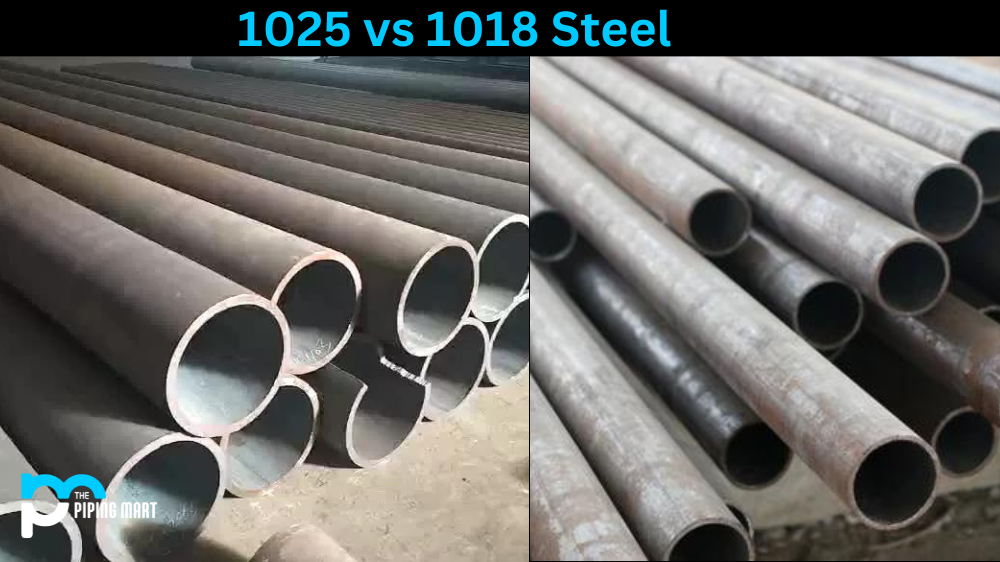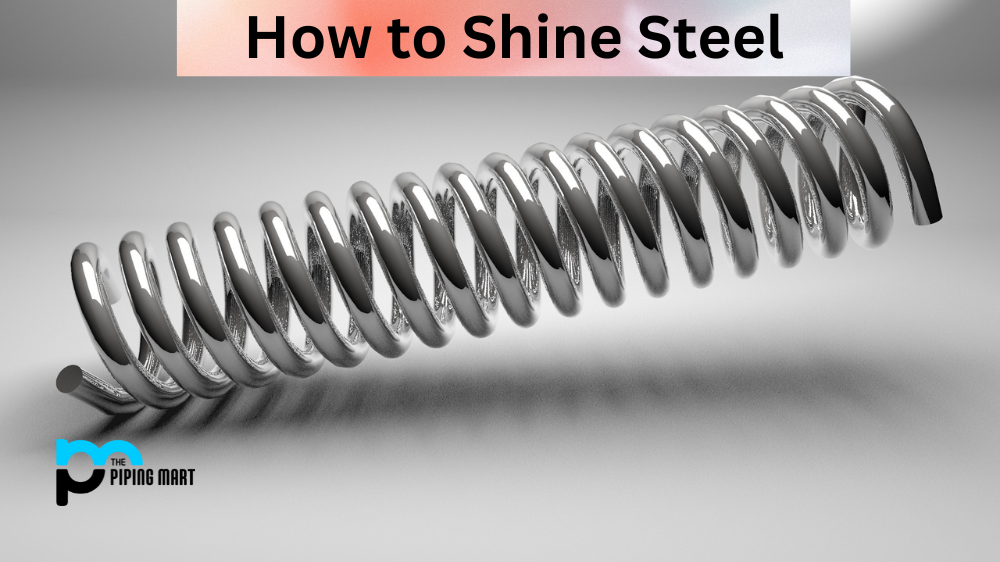Steel is essential for construction and manufacturing, but not all steel grades are created equal. Two commonly used steel grades are 1025 and 1018. Both are carbon steels with different characteristics and applications. Choosing the correct steel grade for your project is crucial to ensure durability, strength, and performance. In this blog post, we’ll look at the differences between 1025 and 1018 steel, their properties, applications, and which is perfect for your application.
Difference Between 1025 and 1018
Chemical Composition
The chemical composition of 1025 and 1018 steels is similar, with the primary difference being the carbon content. 1018 steel has a lower carbon content of 0.18%, while 1025 steel has a higher carbon content of 0.25%. The higher carbon content in 1025 steel makes it slightly more robust and complex than 1018 steel but also less ductile.
Mechanical Properties
The mechanical properties of 1025 and 1018 steel also differ. 1025 steel has a higher tensile strength, yield strength, and hardness than 1018 steel. However, 1018 steel has better machinability, weldability, and formability than 1025 steel. If your application requires high strength and hardness, 1025 steel is the perfect choice. But if you need excellent machinability, weldability, and formability, go for 1018 steel.
Applications
Both 1025 and 1018 steel have various applications in different industries. 1025 steel is commonly used in gears, axles, crankshafts, and heavy-duty machinery in the automotive, mining, and construction industries. Its high strength and hardness make it durable and resistant to wear and tear. On the other hand, 1018 steel is used in parts and components that require excellent machinabilities, such as bolts, nuts, screws, studs, spindles, and bushings, in the aerospace, defence, and industrial sectors.
Yield Strength
The yield strength of 1025 and 1018 steel are both around 36,000 psi. However, 1025 steel is slightly stronger than 1018 steel, yielding 40,000 psi compared to 36,000 psi for 1018 steel.
Tensile Strength
The tensile strength of 1025 and 1018 steel are both around 60,000 psi. However, 1025 steel is slightly stronger than 1018 steel, with a tensile strength of 65,000 psi compared to 60,000 psi for 1018 steel.
Elongation at break
The elongation at break of 1025 and 1018 steel is around 12%. However, 1025 steel is slightly stronger than 1018 steel, with an extension at an interval of 14% compared to 12% for 1018 steel.
Hardness (Brinell)
The hardness of 1025 and 1018 steel are both around 150 HBW. However, 1025 steel is slightly more complicated than 1018 steel, with a hardness of 155 HBW compared to 150 HBW for 1018 steel.
Cost
The cost of 1025 and 1018 steel also differs due to their different properties and applications. 1025 steel is more expensive than 1018 steel due to its higher carbon content, making it more complex and robust. Additionally, its applications in heavy-duty machinery and equipment make it more valuable and necessary in those industries. Meanwhile, 1018 steel is affordable due to its lower carbon content, easier machinability, and wide range of applications.
Conclusion
Consider your application requirements and budget when choosing between 1025 and 1018 steel. If your application requires strength, hardness, and durability, use 1025 steel. But if you need excellent machinability, weldability, and formability, 1018 steel is the right choice. Both steel grades have different properties and applications that make them valuable in various industries. Understanding their differences will enable you to pick the perfect steel grade for your project.

A passionate metal industry expert and blogger. With over 5 years of experience in the field, Palak brings a wealth of knowledge and insight to her writing. Whether discussing the latest trends in the metal industry or sharing tips, she is dedicated to helping others succeed in the metal industry.



